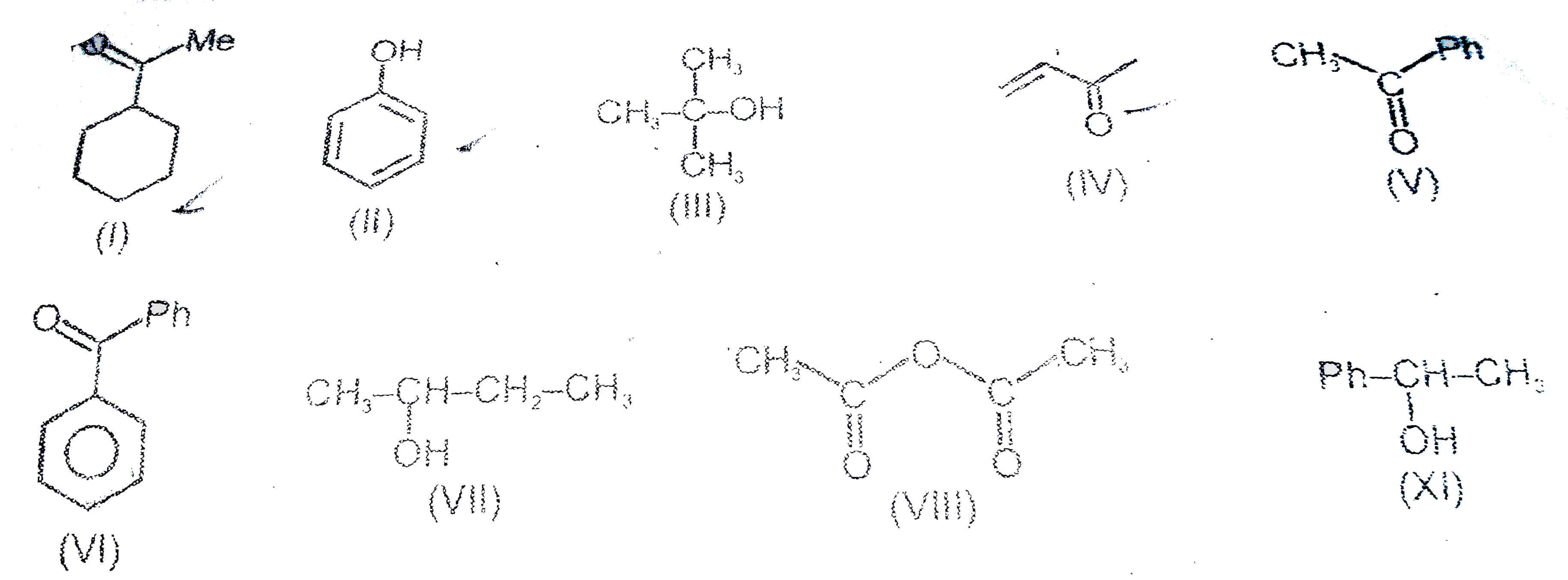Give the position of compound tubular and compound saccular glands.
Step-by-Step Solution:
1. Understanding Compound Tubular Glands:
- Compound tubular glands are characterized by their tubular structure with multiple branches.
- A prominent example of this type of gland is the Brunner's gland.
2. Location of Compound Tubular Glands:
- Brunner's glands are located in the submucosa of the duodenum, which is the first part of the small intestine.
- These glands play a crucial role in secreting alkaline mucus that helps to neutralize gastric acid and provides an optimal pH for intestinal enzymes.
3. Understanding Compound Saccular Glands:
- Compound saccular glands, also known as compound acinar glands, have a structure that resembles sacs or clusters of cells.
- These glands are composed of cuboidal epithelial cells.
4. Location of Compound Saccular Glands:
- A key example of compound saccular glands is the mammary glands, which are responsible for lactation.
- These glands produce and store milk, which is essential for nourishing infants.
Summary of Positions:
- Compound Tubular Glands: Found in the submucosa of the duodenum (Brunner's glands).
- Compound Saccular Glands: Found in the mammary glands (involved in milk production).
---
- Compound tubular glands are characterized by their tubular structure with multiple branches.
- A prominent example of this type of gland is the Brunner's gland.
- Brunner's glands are located in the submucosa of the duodenum, which is the first part of the small intestine.
- These glands play a crucial role in secreting alkaline mucus that helps to neutralize gastric acid and provides an optimal pH for intestinal enzymes.
- Compound saccular glands, also known as compound acinar glands, have a structure that resembles sacs or clusters of cells.
- These glands are composed of cuboidal epithelial cells.
- A key example of compound saccular glands is the mammary glands, which are responsible for lactation.
- These glands produce and store milk, which is essential for nourishing infants.
- Compound Tubular Glands: Found in the submucosa of the duodenum (Brunner's glands).
- Compound Saccular Glands: Found in the mammary glands (involved in milk production).
Topper's Solved these Questions
- STRUCTURAL ORGANISATION IN ANIMALSBOOK - MODERN PUBLICATIONCHAPTER - STRUCTURAL ORGANISATION IN ANIMALSEXERCISE - NCERT FILE (NCERT EXERCISE QUESTIONS)
13 Videos
- STRUCTURAL ORGANISATION IN ANIMALSBOOK - MODERN PUBLICATIONCHAPTER - STRUCTURAL ORGANISATION IN ANIMALSEXERCISE - NCERT FILE (EXEMPLAR PROBLEMS) (Multiple Choice Questions)
10 Videos
- RESPIRATION IN PLANTS BOOK - MODERN PUBLICATIONCHAPTER - RESPIRATION IN PLANTS EXERCISE - CHAPTER PRACTICE TEST
16 Videos
- THE LIVING WORLDBOOK - MODERN PUBLICATIONCHAPTER - THE LIVING WORLDEXERCISE - Chapter Practice Test
16 Videos
Similar Questions
Knowledge Check
Branched tubular gland is
ASalivaryBGastricCSebaceousDSweat .Which of the following is a compound alveolar gland?
Agastric gland in stomachBparotid salivary glandCmammary gland of prototheriansDsebaceous glandsWhich is exclusively compound saccular ?
ASalivaryBMammaryCSebaceousDPancreas.
Simple colied tubular glands are found in
View SolutionWhich of the following compounds on hydrolysis produces a compound which can react with semi-carbazide, reduce Tollen's reagent and can also give positive idoform test?
View SolutionCompound 'A' on chlorination gives compound 'B', compound 'B' reacts with alc. KOH gives gas 'C', which decolourise Baeyer reagent. Ozonolysis of compound 'C' gives only HCHO compound 'A' is:
View SolutionThe inorganic compound that on heating gives organic compound is
View SolutionRMgX reacts with a compound and gives RH , the compound should be
View Solution

